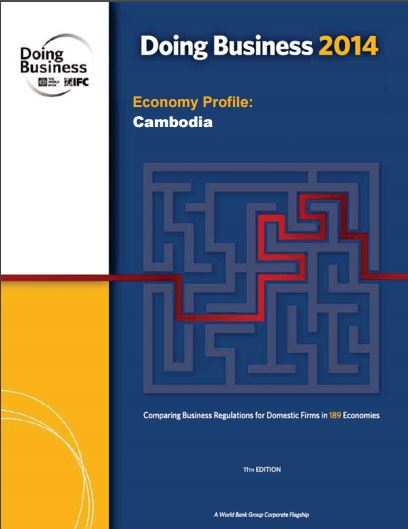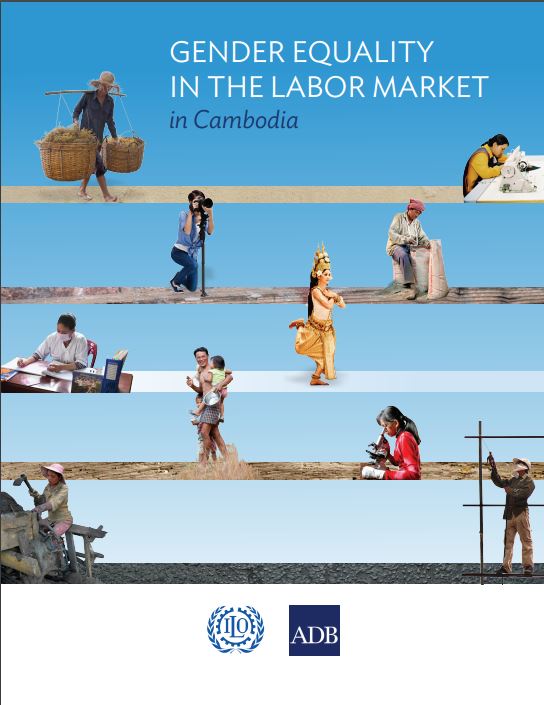Most Cambodians consider themselves to be Khmers, descendants of the Angkor Empire that extended over much of Southeast Asia and reached its zenith between the 10th and 13th centuries. Attacks by the Thai and Cham (from present-day Vietnam) weakened the empire, ushering in a long period of decline. The king placed the country under French protection in 1863, and it became part of French Indochina in 1887. Following Japanese occupation in World War II, Cambodia gained full independence from France in 1953. In April 1975, after a five-year struggle, communist Khmer Rouge forces captured Phnom Penh and evacuated all cities and towns. At least 1.5 million Cambodians died from execution, forced hardships, or starvation during the Khmer Rouge regime under POL POT. A December 1978 Vietnamese invasion drove the Khmer Rouge into the countryside, began a 10-year Vietnamese occupation, and touched off almost 13 years of civil war. The 1991 Paris Peace Accords mandated democratic elections and a ceasefire, which was not fully respected by the Khmer Rouge. UN-sponsored elections in 1993 helped restore some semblance of normalcy under a coalition government. Factional fighting in 1997 ended the first coalition government, but a second round of national elections in 1998 led to the formation of another coalition government and renewed political stability. The remaining elements of the Khmer Rouge surrendered in early 1999. Some of the surviving Khmer Rouge leaders have been tried or are awaiting trial for crimes against humanity by a hybrid UN-Cambodian tribunal supported by international assistance. Elections in July 2003 were relatively peaceful, but it took one year of negotiations between contending political parties before a coalition government was formed. In October 2004, King Norodom SIHANOUK abdicated the throne and his son, Prince Norodom SIHAMONI, was selected to succeed him. Local elections were held in Cambodia in April 2007, with little of the pre-election violence that preceded prior elections. National elections in July 2008 were relatively peaceful, as were commune council elections in June 2012. Capital: Phnom Penh Area: 181,035 km2 (water: 4,520 km2) Population: 15,708,756 (July 2015 est.) Currency: Cambodian Riel (KHR) Languages: Khmer (official)
Since 2004, garments, construction, agriculture, and tourism have driven Cambodia’s growth. GDP climbed more than 7% per year between 2010 and 2013. The garment industry currently employs more about 400,000 people and accounts for about 70% of Cambodia’s total exports. In 2005, exploitable oil deposits were found beneath Cambodia’s territorial waters, representing a potential revenue stream for the government, if commercial extraction becomes feasible. Mining also is attracting some investor interest and the government has touted opportunities for mining bauxite, gold, iron and gems. The tourism industry has continued to grow rapidly with foreign arrivals exceeding 2 million per year since 2007 and reaching over 3 million visitors in 2012. Cambodia, nevertheless, remains one of the poorest countries in Asia and long-term economic development remains a daunting challenge, inhibited by endemic corruption, limited educational opportunities, high income inequality, and poor job prospects. Approximately 4 million people live on less than $1.25 per day, and 37% of Cambodian children under the age of 5 suffer from chronic malnutrition. More than 50% of the population is less than 25 years old. The population lacks education and productive skills, particularly in the impoverished countryside, which also lacks basic infrastructure. The Cambodian Government is working with bilateral and multilateral donors, including the Asian Development Bank, the World Bank and IMF, to address the country’s many pressing needs; more than 50% of the government budget comes from donor assistance. The major economic challenge for Cambodia over the next decade will be fashioning an economic environment in which the private sector can create enough jobs to handle Cambodia’s demographic imbalance.
GDP (purchasing power parity):
$39.64 billion (2013 est.)
country comparison to the world: 107
$37.04 billion (2012 est.)
$34.52 billion (2011 est.)
note: data are in 2013 US dollars
$15.64 billion (2013 est.) 7% (2013 est.) country comparison to the world: 21 7.3% (2012 est.) 7.1% (2011 est.) $2,600 (2013 est.) country comparison to the world: 183 $2,400 (2012 est.) $2,300 (2011 est.) note: data are in 2013 US dollars 9.6% of GDP (2013 est.) country comparison to the world: 138 9.1% of GDP (2012 est.) 12% of GDP (2011 est.) GDP – composition, by end use: household consumption: 74.7% government consumption: 7.7% investment in fixed capital: 16.4% investment in inventories: 2.1% exports of goods and services: 65.3% imports of goods and services: -66.2% (2013 est.) GDP – composition, by sector of origin: agriculture: 34.8% industry: 24.5% services: 40.7% (2013 est.) rice, rubber, corn, vegetables, cashews, cassava (manioc), silk tourism, garments, construction, rice milling, fishing, wood and wood products, rubber, cement, gem mining, textiles Industrial production growth rate: 9.5% (2013 est.) country comparison to the world: 17 7.9 million (2011 est.) country comparison to the world: 60 agriculture: 55.8% industry: 16.9% services: 27.3% (2010 est.) 0% (2011 est.) country comparison to the world: 1 0.3% (2010 est.) Population below poverty line: 20% (2012 est.) Household income or consumption by percentage share: lowest 10%: 3% highest 10%: 37.3% (2007) Distribution of family income – Gini index: 37.9 (2008 est.) country comparison to the world: 73 41.9 (2004 est.) revenues: $2.685 billion expenditures: $3.1 billion (2013 est.) 17.2% of GDP (2013 est.) country comparison to the world: 181 Budget surplus (+) or deficit (-): -2.7% of GDP (2013 est.) country comparison to the world: 111 NA% of GDP calendar year Inflation rate (consumer prices): 3.2% (2013 est.) country comparison to the world: 118 2.9% (2012 est.) NA% (31 December 2012) country comparison to the world: 68 5.25% (31 December 2007) Commercial bank prime lending rate: 13% (31 December 2013 est.) country comparison to the world: 61 12.98% (31 December 2012 est.) $1.206 billion (31 December 2013 est.) country comparison to the world: 145 $995.1 million (31 December 2012 est.) $8.373 billion (31 December 2013 est.) country comparison to the world: 109 $7.1 billion (31 December 2012 est.) $5.705 billion (31 December 2013 est.) country comparison to the world: 112 $4.801 billion (31 December 2012 est.) Market value of publicly traded shares: $NA -$1.262 billion (2013 est.) country comparison to the world: 126 -$1.208 billion (2012 est.) $6.781 billion (2013 est.) country comparison to the world: 104 $6.016 billion (2012 est.) clothing, timber, rubber, rice, fish, tobacco, footwear US 32.6%, UK 8.3%, Germany 7.7%, Canada 7.7%, Singapore 6.6%, Vietnam 5.7%, Japan 4.7% (2012) $8.895 billion (2013 est.) country comparison to the world: 106 $7.965 billion (2012 est.) petroleum products, cigarettes, gold, construction materials, machinery, motor vehicles, pharmaceutical products Thailand 27.1%, Vietnam 20.3%, China 19.5%, Singapore 7.1%, Hong Kong 5.8%, South Korea 4.3% (2012) Reserves of foreign exchange and gold: $5.415 billion (31 December 2013 est.) country comparison to the world: 93 $4.938 billion (31 December 2012 est.) $4.912 billion (31 December 2013 est.) country comparison to the world: 123 $4.567 billion (31 December 2012 est.)
riels (KHR) per US dollar – 4,037.6 (2013 est.) 4,033 (2012 est.) 4,184.9 (2010 est.) 4,139 (2009) 4,070.94 (2008)
BANKING Rural Development Bank (RDB)
CAMBODIA


#9-13 St.7, Sangkat Chaktomuk, Khan Doun Penh Phnom Penh, Cambodia
PO Box 1410 Phnom Penh, Cambodia
Phone: (+855) 023 220 810/811
Fax: (+855) 023 224 623
Email: [email protected]
Website: http//www.rdb.com.kh


 Thailand
Thailand






